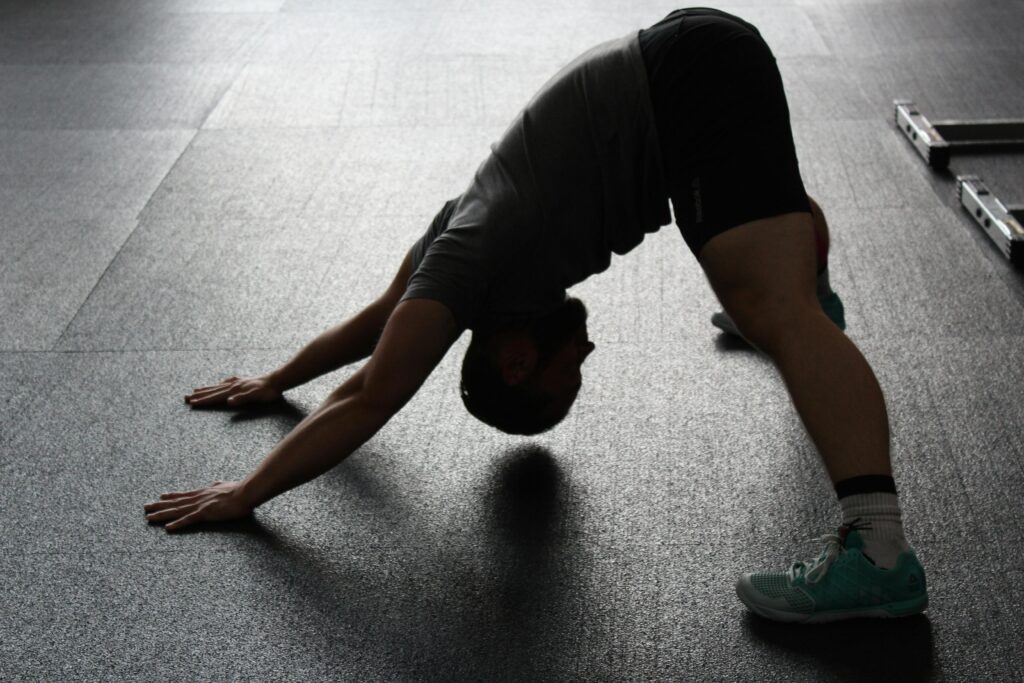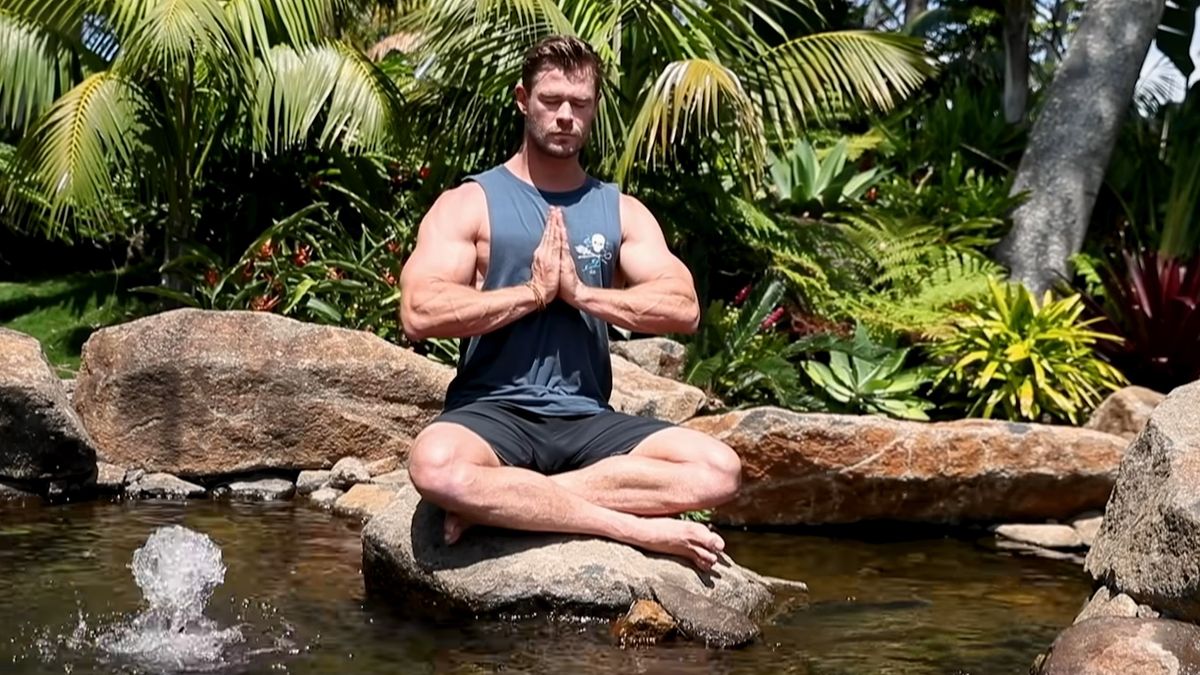AT SOME POINT in your fitness journey, there’s a good chance you’ll experience an injury. It could be a sharp pain or just a bit of tension, but more often than not, it’ll be difficult to recover from quickly. You stretch, you adjust your posture, you promise yourself you’ll finally book that massage, but the tension keeps coming back. What if the solution wasn’t to keep pushing harder, but slowing down?
Somatic workouts, which are rooted in mindfulness and nervous system regulation, could be the key to achieving a more holistic approach to fitness. Unlike most fitness trends, somatics aren’t concerned with tracking reps or counting calories. Instead, through slow, intentional movements, they help you notice the smaller things that matter just as much as muscular gains. Stuff like the fact that your shoulders have been riding up toward your ears for the past three years, or that you hold your breath every time you open your inbox.
The growing appeal of somatic workouts comes at a time when people are increasingly searching for ways to manage stress, anxiety and chronic tension. They’re a simple form of self-care with practically no barriers to entry, whether you’re a runner dealing with tight hips, a desk jockey with a stiff neck, or simply someone who feels overwhelmed by life’s pace.
Here, we dig into why it might be worthwhile adding a somatic workout to your routine.
What is a somatic workout?
Somatic workouts encompass a broad range of exercise practices from slow, intentional movement sequences to breathwork and visualisation. In any case, the goal is helping you feel and release tension that you might not even realise you’re holding.
Unlike traditional workouts that focus on repetition and intensity, somatic exercises are often slow, low-impact and rely on a great deal of internal, non-physical work. More popular examples of somatic workouts include yoga, meditation and Pilates, but they include far simpler movements like lying on the floor, rotating your hips and noticing subtle shifts in sensation, as well as stretching in micro-movements while pausing to observe how your shoulder feels from one moment to the next.

Why are somatic workouts gaining popularity?
Let’s be honest: we’re all pretty fried. Constant screen time, high-pressure work environments and the pace of modern life have left many people feeling disconnected from their own bodies. Which is why somatics have become so appealing.
On TikTok, the #somaticmovement hashtag has racked up millions of views, with creators sharing their routines for nervous system regulation and trauma release. But while it may be trending now, the roots of somatic movement run much deeper.
Practices like Feldenkrais, the Alexander Technique and Hanna Somatics have been around since the mid-20th century. And people have used body awareness and breathwork as tools for healing for centuries. What’s new is the growing recognition that how we move matters as much as how much.
Are somatic workouts effective?
Early studies and anecdotal evidence suggest that somatic practices can improve mobility, reduce stress and support emotional regulation. While more research is needed before we can assert that somatic workouts will be effective for everyone, there are some proven benefits of somatics on mental health, and it all has to do with your nervous system.
When we experience stress or trauma – even low-grade, daily stress – our bodies can respond with muscle guarding or tension patterns that become automatic. Somatic exercises help retrain the brain-body connection, releasing those patterns through mindful movement.
One study published in the European Journal of Psychology, found that somatic experiences had positive effects on treating PTSD-related symptoms. These effects were found to be beneficial in individuals with PTSD and in the control group that did not have PTSD.
Another benefit is that somatics are highly accessible. You don’t need a gym membership or an overpriced studio in your area, you can do it all from home.
Sample somatic workout
You don’t have to replace your regular workouts with somatics – in fact, the two can complement each other quite well. If you’re curious, here are a few ways you can dip your toes in.
Start with a ‘body scan’: Lie on your back and mentally move your attention from your feet to your head. Where are you holding tension? Where feels open?
Pandiculation: It’s a fancy word for the full-body stretch-and-release you do when you wake up. Slowly contract and release your muscles in a way that feels satisfying.
Pelvic tilts: Gently tilt your pelvis forward and back, flattening and arching your lower back against the floor.
Shoulder rolls: Lying down, slowly roll one shoulder up toward your ear and then back down. Alternate sides. Notice any differences between left and right.
Knee rocks: With knees bent and feet on the floor, let both knees slowly rock to one side, then the other. Go only as far as is comfortable.
Breathwork: Deep, slow breathing amplifies the effects of somatics and helps regulate your nervous system.
















